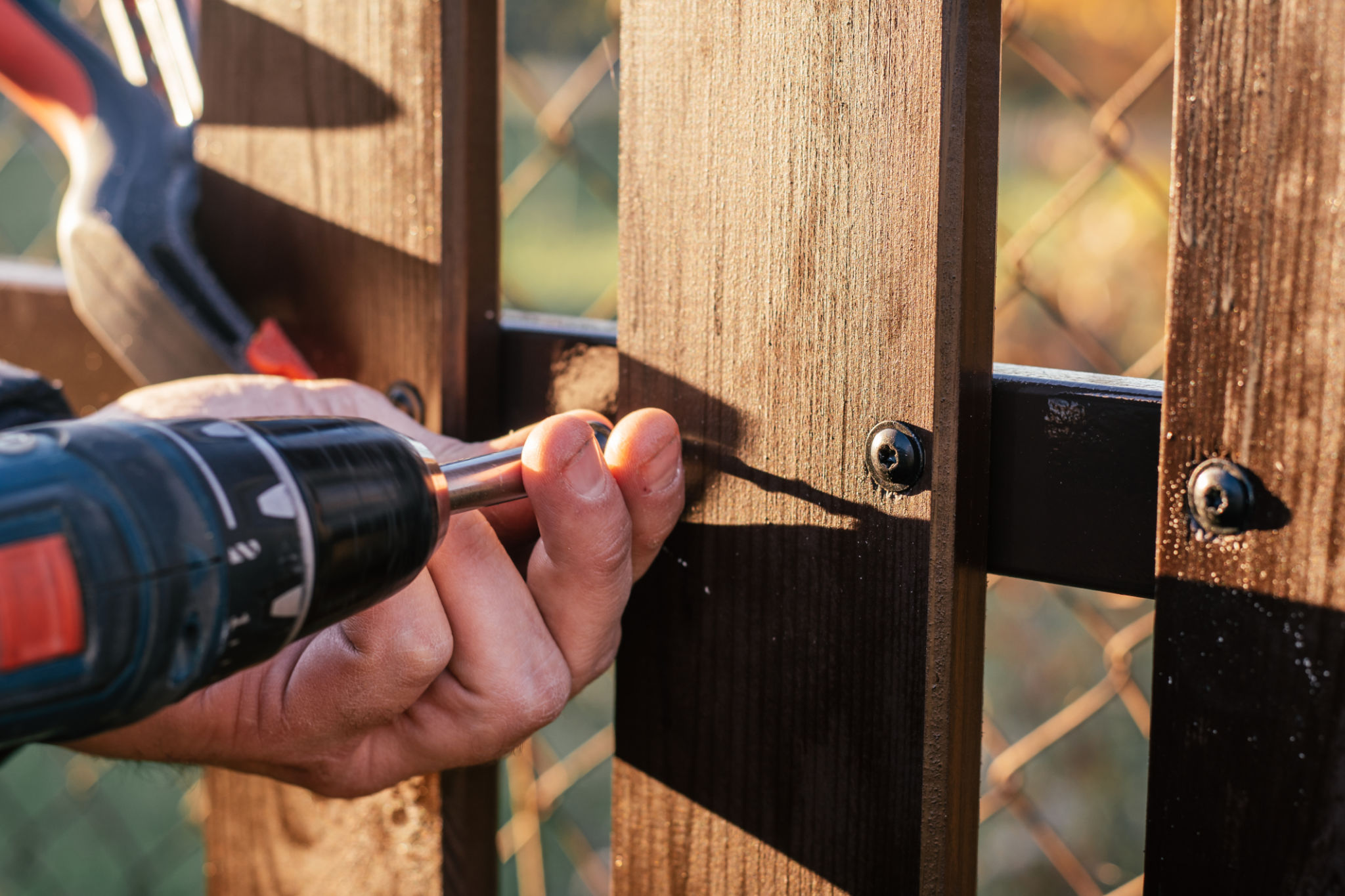Expert Advice on Fence Construction: Avoiding Common Mistakes
Planning and Preparation
Building a fence can be a rewarding project that enhances the security, privacy, and aesthetic appeal of your property. However, before you start digging post holes, it's crucial to invest time in planning and preparation. One of the most common mistakes is failing to identify your property's boundaries. Installing a fence on your neighbor's land can lead to disputes and costly adjustments.
Additionally, consider the purpose of your fence. Are you looking for privacy, security, or simply a decorative boundary? The purpose will dictate the type of materials and design you choose. Make sure to check local zoning laws and regulations regarding fence height and placement to avoid potential legal issues.
Finally, take into account the terrain of your property. Uneven ground can pose challenges during installation, requiring special techniques to ensure a straight and stable fence line.

Choosing the Right Materials
Selecting the appropriate materials for your fence is essential for longevity and functionality. Wood is a popular choice for its natural appearance but requires regular maintenance to prevent rot and insect damage. Consider using treated or rot-resistant wood to extend the life of your fence.
For low-maintenance options, vinyl and metal may be preferable. Vinyl fences are durable and resistant to weathering, while metal fences offer enhanced security. Each material has its pros and cons, so weigh them against your budget and needs.
When choosing materials, also think about sustainability. Recycled materials or sustainably sourced wood can be environmentally friendly options that align with green building practices.

Proper Installation Techniques
The installation phase is where many DIYers encounter problems. A common mistake is not setting posts deep enough into the ground. Posts should be buried at least one-third of their length to ensure stability, particularly in areas with high wind or soft soil.
Another frequent error is neglecting to level and align the fence panels accurately. Use a level and string line to ensure that each section is straight and properly aligned with the next. This attention to detail will prevent sagging and uneven gaps between panels.

Maintenance and Longevity
Once your fence is installed, regular maintenance can significantly extend its lifespan. For wooden fences, applying a sealant or stain every few years will protect against moisture and UV damage. Inspect your fence annually for signs of wear, such as loose nails or rotting sections, and make repairs promptly.
Metal fences may require less frequent upkeep but can still benefit from a periodic cleaning to remove rust and debris. A coat of rust-inhibiting paint can provide an extra layer of protection.
Remember that fences are subject to wear and tear from the elements, so routine maintenance is key to preserving their appearance and function over time.

Conclusion
A well-constructed fence not only enhances your property's value but also offers peace of mind. By avoiding common pitfalls during planning, material selection, installation, and maintenance, you can ensure that your fence stands strong for years to come. Take the time to do it right the first time, and you'll enjoy the benefits of your investment without unnecessary headaches.